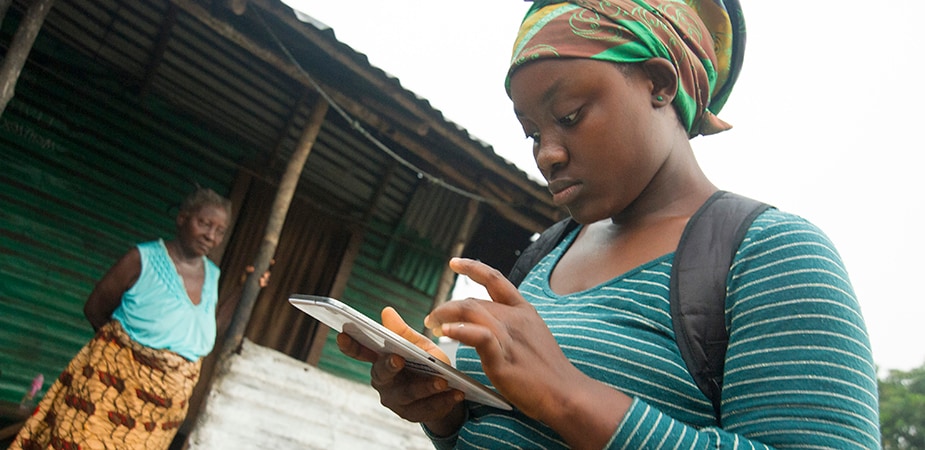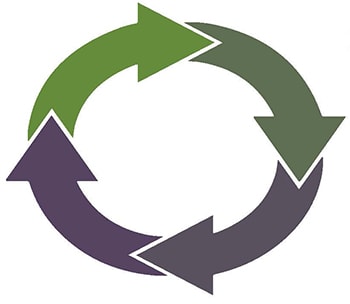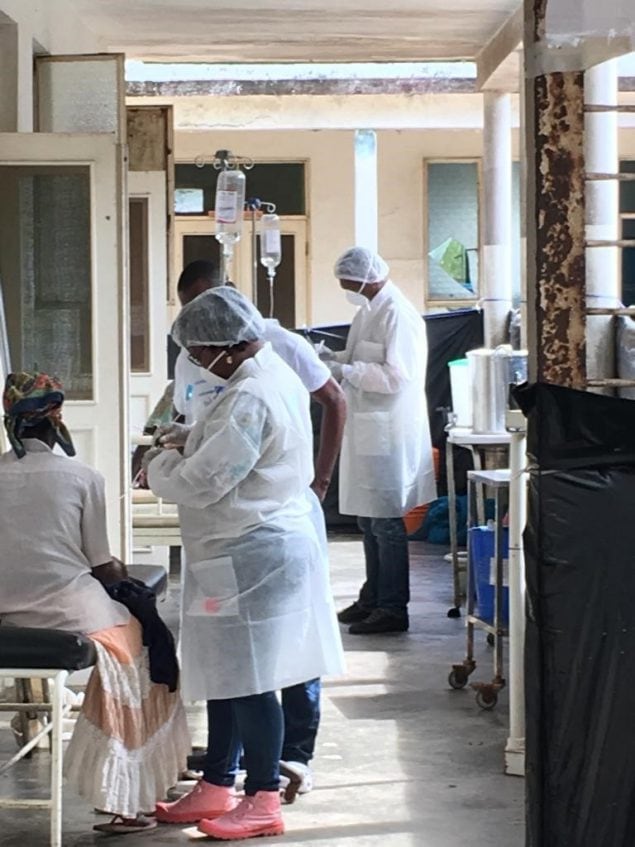Surveillance
The right information at the right time

Surveillance systems are the way we monitor levels of disease, find and track threats, and generate data that informs emergency response. Surveillance information can be used to guide and plan interventions, estimate costs, and pinpoint where to look for new and unknown pathogens. The Division of Global Health Protection (DGHP) helps countries build robust, connected surveillance systems and monitors the globe 24/7 for health threats of international importance.
COLLECT
Disease data are gathered through fieldwork, healthcare reporting, and event-based surveillance systems
RESPOND
Timely surveillance data guide fast, effective response to disease threats
MONITOR
People use systems to track the levels and types of disease normally present and watch closely for changes that may signal a new pathogen or an outbreak
ANALYZE
Decision-makers look at the data to determine when and how to respond to health events or clusters of illness

Surveillance monitors for people with similar symptoms, such as a group of connected people who develop fever and rash around the same time. Information comes from a variety of sources, including health facilities, media reports, or the Internet. Community members can also report public health events. For example, if a teacher notices an unusually high number of children absent from school with similar symptoms and reports it to a local health official, the teacher is participating in surveillance.
DGHP’s established presence in key countries around the world offers “boots on the ground” partnerships to enhance surveillance and detect public health threats early. Our robust network at home and abroad connects information from a variety of sources and disciplines so our scientific and technical experts can use relevant disease information for action.

Cholera outbreak investigation and alert monitoring training in Cabo Delgado Province.
Photo: Erika Rosetto
DGHP creates strong disease surveillance systems through:
Training
Creating a global network of professionals who can collect and analyze data, develop systems, conduct evaluations, and lead investigations and responses
Innovation
Enhancing surveillance methods and making effective use of new technology
Partnership
Working alongside ministries of health and global partners to bring together different sources of public health information
Systems
Linking or improving the infrastructure needed to capture and share information about disease occurrence and potential risks to public health
By The Numbers

80+
Countries training disease detectives in surveillance methods since 1980

201
Unique diseases tracked globally by Global Disease Detection Operations Center since 2007

139
Events of public health importance tracked by Global Disease Detection Operations Center in 2019
DGHP strengthens surveillance systems through a variety of programs, including:
Active Programs
- Field Epidemiology Training Program
- Global Disease Detection Operations Center
- Global Health Security Agenda
- Global Noncommunicable Disease Program
- Global Rapid Response Team
- National Public Health Institutes Program
Recently Retired Program
Read our stories about surveillance:
Learn more through our surveillance infographics:
DGHP actively monitors the presence of disease across the globe, responding quickly and effectively to stop outbreaks at their source. We continue to strengthen surveillance internationally by building systems that can work together to detect public health threats. DGHP remains committed to working with countries to develop surveillance systems that can monitor and track potential public health events, identify new pathogens, and help stop outbreaks at their source. Through collaborative partnerships, we can successfully detect and contain the next big health threat.